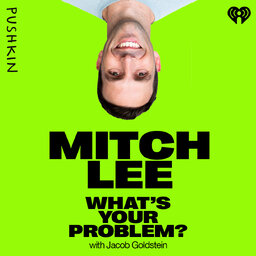Fighting Cancer with CRISPR
Last year, the FDA approved a treatment for sickle cell disease using a revolutionary new gene editing technology called CRISPR. Rachel Haurwitz conducted pioneering research on CRISPR as a graduate student. Now she’s the co-founder and CEO of Caribou Biosciences. Rachel's problem is this: How can you improve CRISPR and use it to engineer human immune cells to fight cancer?
 What's Your Problem?
What's Your Problem?


